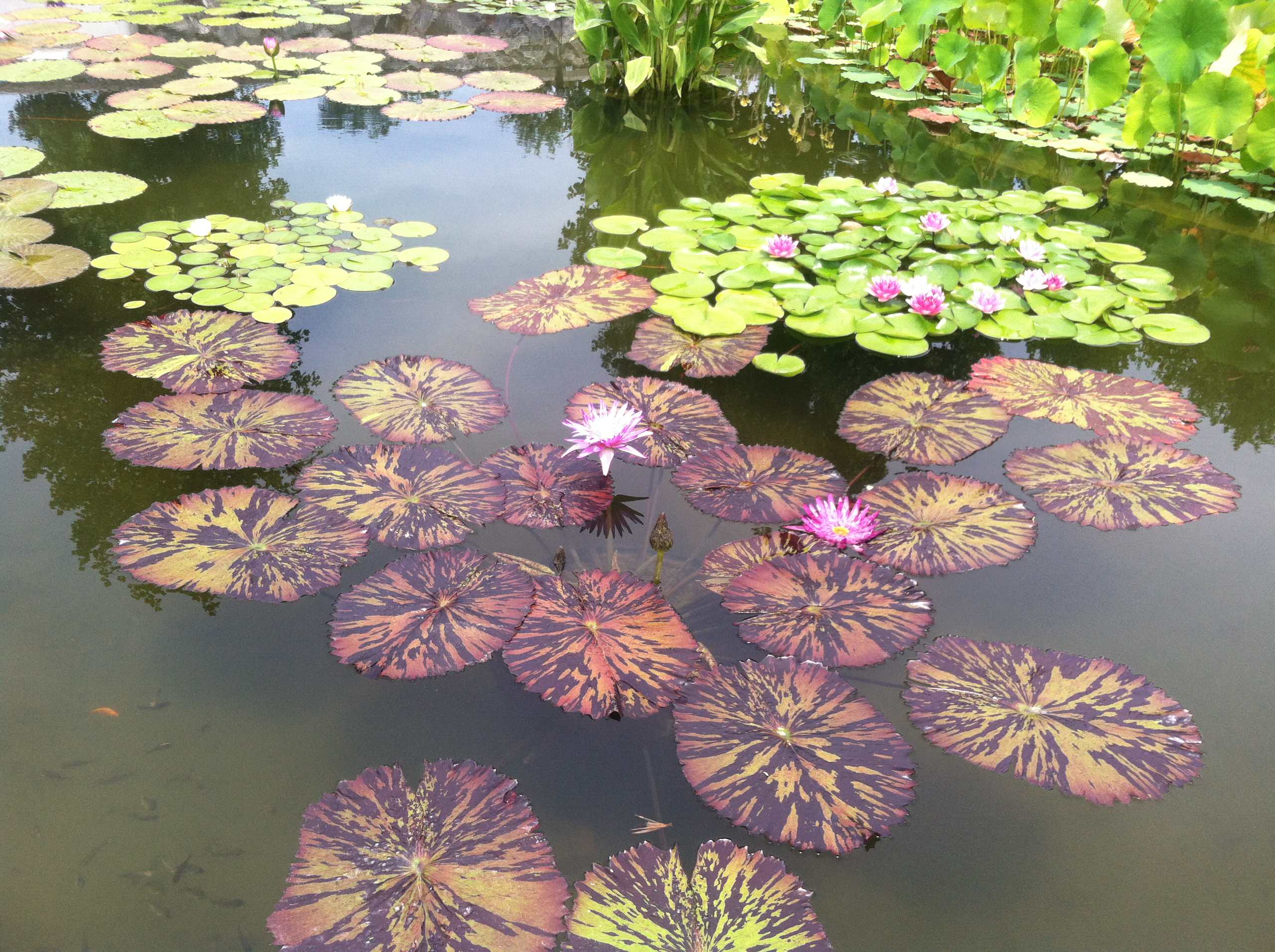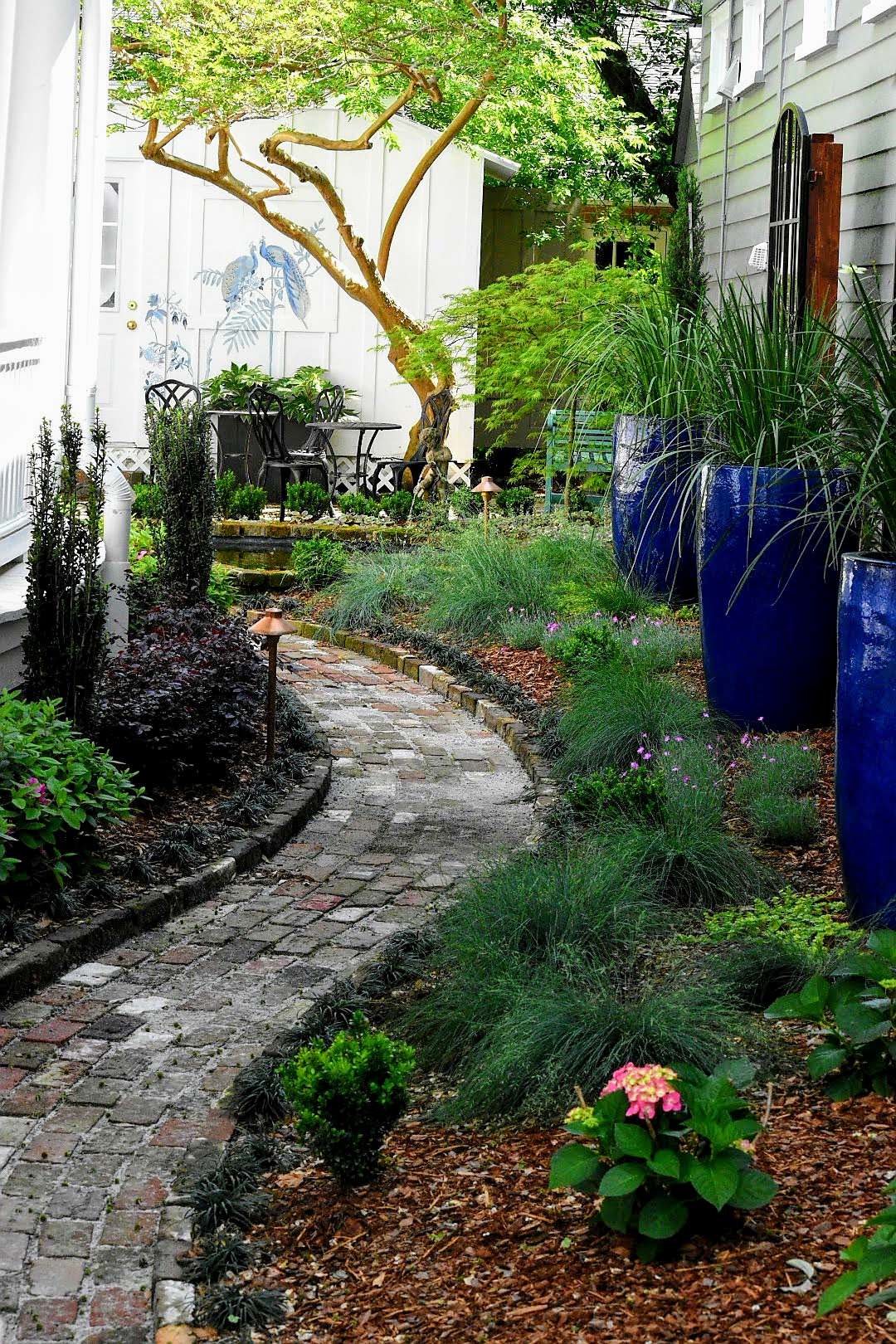Relied On Landscape Designer for Customized and Artistic Garden Designs
Relied On Landscape Designer for Customized and Artistic Garden Designs
Blog Article
The Duty of Yard Layout in Encouraging Sustainability and Biodiversity
Yard design is increasingly acknowledged for its possible to promote sustainability and enhance biodiversity within city and country landscapes. By focusing on native plant species and using water preservation methods, developers can develop environments that not only grow yet additionally call for minimal chemical intervention.
Relevance of Native Plants
Highlighting using native plants in yard design is crucial for advertising environmental balance and sustainability. Native plants are those that naturally take place in a particular area and have adapted to the neighborhood environment, dirt, and wildlife. Their consolidation right into yards sustains local ecosystems by giving habitats and food sources for native pollinators, birds, and various other wildlife.
Additionally, indigenous plants are generally extra resistant to local insects and diseases, decreasing the demand for chemical pesticides and plant foods. This resistance not just decreases ecological impact but additionally lowers maintenance costs for gardeners. Furthermore, native plants often need much less water than non-native varieties, straightening with lasting gardening techniques and minimizing the stress on local water sources.
Water Conservation Techniques
Including native plants not only boosts biodiversity yet also plays a significant duty in water conservation within yard styles. Indigenous types are adapted to neighborhood climate conditions, calling for much less water than non-native equivalents. Landscape Designer. This particular minimizes the need for watering, saving both water resources and energy
Additionally, implementing rainfall gardens can capture and filter stormwater runoff, advertising groundwater recharge while decreasing disintegration. These gardens use native plants that thrive in wet conditions, successfully handling excess water while developing diverse habitats.

Another effective technique is using permeable paving materials in paths and patio areas, permitting rainwater to infiltrate the ground as opposed to escaping. This advertises dampness retention and reduces the demand for watering.
Last but not least, installing a rainwater harvesting system can considerably add to water preservation initiatives. Collecting and keeping rainwater for garden use urges lasting methods and reduces dependence on municipal water sources (landscape designer near West Ashley South Carolina). By incorporating these strategies, garden layouts can successfully promote water preservation while supporting ecological wellness
Minimizing Chemical Usage
While lots of garden enthusiasts look for vibrant and healthy plants, reducing chemical use is vital for cultivating a sustainable ecosystem. The reliance on artificial plant foods and chemicals can lead to dirt deterioration, water contamination, and a decline in valuable insect populaces. By adopting organic horticulture techniques, gardeners can enhance the health and wellness of their landscapes while advertising biodiversity.
One efficient method is to make use of garden compost and organic amendments, which improve the soil naturally and improve its structure. garden design near Daniel Island SC. These practices not just improve plant wellness yet likewise minimize the requirement for chemical plant foods - Landscape Designer. Carrying out incorporated insect administration (IPM) techniques better lessens chemical inputs by motivating all-natural predators, such as ladybugs and parasitic wasps, to control pest populaces
Additionally, choosing indigenous plant types can considerably minimize the need for chemical interventions, as these plants are much better adapted to regional conditions and are much more durable against bugs and diseases. By focusing on lasting techniques, garden enthusiasts can produce prospering atmospheres that sustain both plant health and wellness and ecological community stability, inevitably leading to yards that are not only lovely yet additionally ecologically responsible. Minimizing chemical usage is a crucial action in growing yards that recognize and improve the environment.
Developing Wildlife Environments
Producing vivid wild animals habitats within gardens not only improves biodiversity yet also enhances sustainable horticulture techniques focused on minimizing chemical use. By integrating indigenous plants, gardeners can offer crucial sources such as food and shelter for various species, including birds, insects, and small mammals. Native plants are well-adapted to regional conditions, needing less water and less chemical inputs, hence lining up with sustainability goals.

Keeping a naturalistic approach, which might include leaving some locations wild or uninterrupted, enables the all-natural processes of ecological communities to thrive. This technique encourages the existence of beneficial pests and pollinators, which play a crucial duty in the health of both gardens and surrounding environments. On the whole, developing wildlife environments is a fundamental element of sustainable garden layout, cultivating environmental equilibrium and resilience while boosting the appeal and functionality of outside areas.
Community Involvement in Horticulture
Community engagement in horticulture fosters a feeling of belonging and cumulative obligation, transforming private gardening initiatives into common campaigns that benefit the entire area. By involving community participants in gardening projects, we can cultivate not just plants however additionally partnerships and social media networks. Regional yards act as important areas for education and learning, where individuals of all ages can find out about lasting techniques, biodiversity, and ecological stewardship.
Joint gardening initiatives, such as area yards, promote the exchange of expertise and resources, making certain that all participants can contribute and profit. This inclusivity boosts neighborhood resilience, as members collaborate to overcome obstacles such as food insecurity and environmental destruction. Furthermore, area gardens can act as systems for cultural expression, allowing individuals to share their heritage via varied planting and gardening techniques.
Additionally, involving the area in horticulture campaigns can bring about boosted understanding of neighborhood environments and the significance of biodiversity. By working jointly to style and preserve these rooms, residents cultivate a shared commitment to sustainability, developing an enduring influence on both the environment and community communication. Ultimately, neighborhood involvement in horticulture is a powerful garden design near North Charleston SC tool for advertising ecological stewardship and enhancing the lifestyle within communities.
Final Thought
By emphasizing the use of indigenous plants, executing water preservation strategies, and minimizing chemical inputs, gardens can properly sustain regional ecological communities. Collectively, these techniques not just improve the beauty of rooms yet additionally advertise eco-friendly balance, making yard style a necessary element in the pursuit of a lasting future.
Report this page